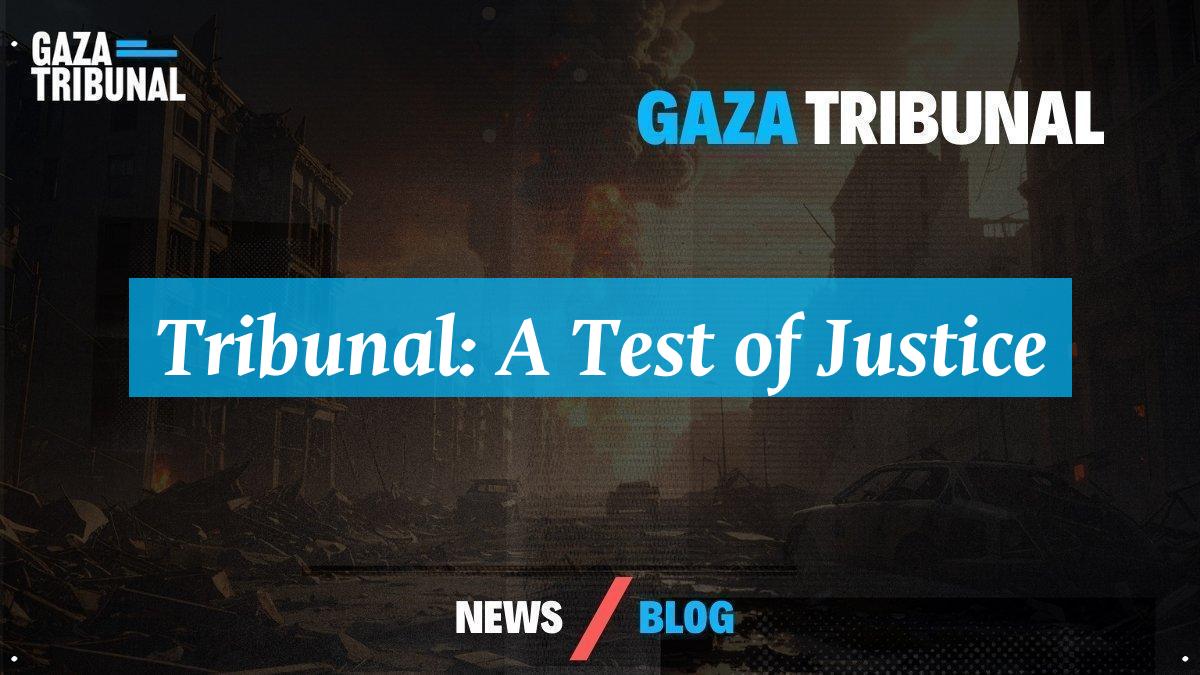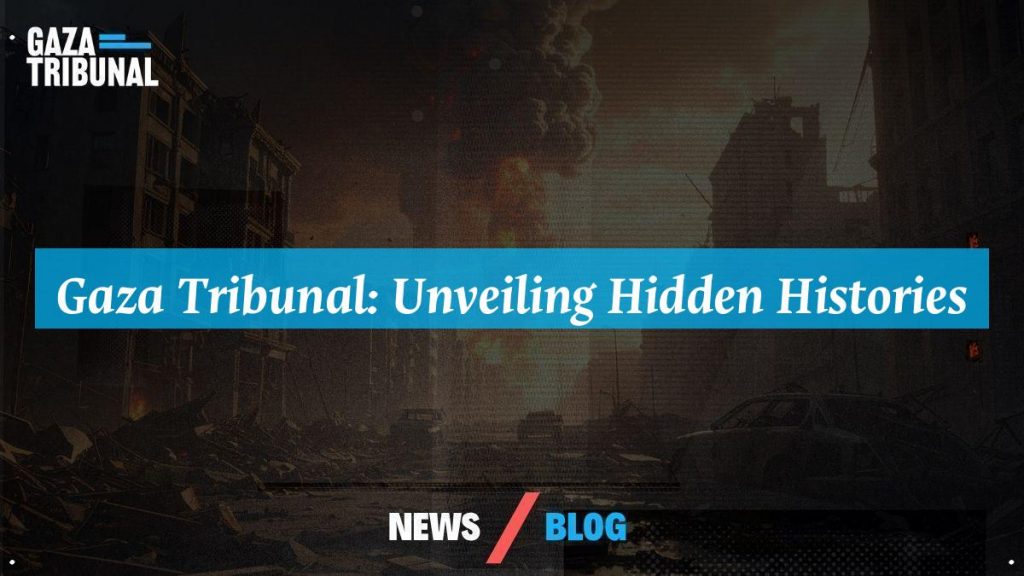The entwined narratives surrounding the Gaza Justice Inquiry urge us to grapple with the haunting realities of erased identities. This inquiry transcends mere historical curiosity; it is a profound exploration of memory and existence against a backdrop of relentless conflict. As we delve deeper into these stories, the plight of villages like Damra resonates, revealing how geography and personal histories are irrevocably linked. Dr. Wissam Atallah’s heartfelt reflections encapsulate the pain of families torn apart by violence, making us ponder: how many stories linger in the silence of abandoned streets? Erasure from maps may change landscapes, yet it cannot erase the indelible memories carried by those who endure. Indeed, the Gaza Justice Inquiry implores us to confront the consequences of collective trauma and offers a pathway toward understanding what has been lost. For the latest updates on this topic, visit our news category.
As manifested in, the inquiry challenges simplified narratives pushed by external forces and encourages us to reassess the factors behind such tragedies. Recognition of these injustices is not merely a historical obligation; it is an essential human responsibility. Amidst a world craving straightforward tales, the voices emanating from Gaza remind us that complex truths demand attention. Dr. Atallah’s testimony highlights the resilience and unwavering spirit in the face of systematic oppression. Each memory, protest, or narrative serves as a powerful reclamation of lost spaces, embedding these stories into our collective consciousness. Thus, the Gaza Justice Inquiry stands not just as documentation of grievances; it symbolizes an urgent and undeniable quest for justice and truth that we are all compelled to acknowledge.
The Legacy of Erased Villages in Gaza

Dr. Wissam Atallah often shares the poignant story of his grandmother, born in 1922 in Damra, a village that once thrived in northern Gaza. Today, the name Damra has faded into history. What remains is Erez, a military crossing that symbolizes profound loss. For Dr. Wissam, the erasure of Damra signifies more than just a change in landscape; it’s a direct assault on collective memory.
His grandmother often spoke of the British Mandate, which brought armed militias and settlers into their lives. These settlers forced Palestinian farmers into a life of poverty and hardship. Families who once flourished on citrus and wheat now faced heavy taxation and oppression. When the Nakba struck in 1948, Arab armies urged villagers to leave for “two weeks.” They believed they would return soon. Sadly, those two weeks turned into decades of waiting, a lifetime of loss.
She spent her last days in Jabalia refugee camp, never to see Damra again. The key she carried became a powerful symbol of hope but also of betrayal. It represented a promise of return, a dream that remained unfulfilled. This personal story encapsulates a broader truth: the struggle for identity and belonging persists, echoing through generations.
October 7th: A Misleading Narrative
In the ongoing conflict, Israeli leaders often frame their narrative around October 7th. Dr. Wissam Atallah finds this framing not only misleading but also dangerous. “Our struggle did not start on that day,” he insists, pointing to decades of oppression that preceded it. Even the UN Secretary-General acknowledged that the roots of resistance run deep, buried in a history of occupation.
He recalls pivotal moments in Palestinian history, like the First Intifada, when children confronted soldiers armed only with stones. The tragic fate of Muhammad al-Durrah sparked outrage worldwide, yet many still overlook the ongoing suffering. “There were no rockets in their hands,” he emphasizes, “only pleas for survival.” October 7th should not justify violence; it distorts a complex history.
Defiance Amidst Destruction in Gaza
In January 2025, a brief lull in violence allowed some Gazans to return home. They knew the devastation awaiting them: streets reduced to rubble, homes obliterated. Over 100,000 tons of explosives had ravaged the land. Yet, they returned, not for comfort but to reclaim their identities. It was a powerful act of defiance against despair, a refusal to be forgotten.
Dr. Wissam emphasizes that this return is more than nostalgia. It embodies a refusal to be erased. “To remain on the land is to remain alive as a people,” he states. In Gaza, survival transcends mere existence; it embodies a political stance. Palestinians will not accept another Nakba. They dare to hope, resist, and continue their legacy, despite the odds.
A Century of Struggle for Gaza
Dr. Wissam asserts that Gaza’s plight cannot be reduced to events since 1948. The roots of this struggle extend back to the late 19th century. The Basel Conference of 1897 marked the rise of political Zionism, while the Balfour Declaration of 1917 promised a homeland for Jews. This historical context dismantles the myth that Palestinian resistance emerged suddenly. “Occupation began long before 1948,” he explains, highlighting the injustices faced by Palestinians over generations.
He warns that failing to recognize this history risks repeating the cycle of violence. The Nakba was not just a singular event; it was the culmination of decades of preparation and oppression. Understanding this timeline is crucial for grasping the ongoing struggle. The fight for justice continues, and it demands our attention and action! For more insights, visit our homepage.
Dr. Wissam reminds us that the struggle for Gaza stands as a testament to resilience. Each story, each act of defiance plants seeds for a hopeful future. Thank you for taking the time to engage with these narratives. They matter, and so do the voices of those who continue to fight for justice. For detailed accounts, explore this source: Plushaberler.


